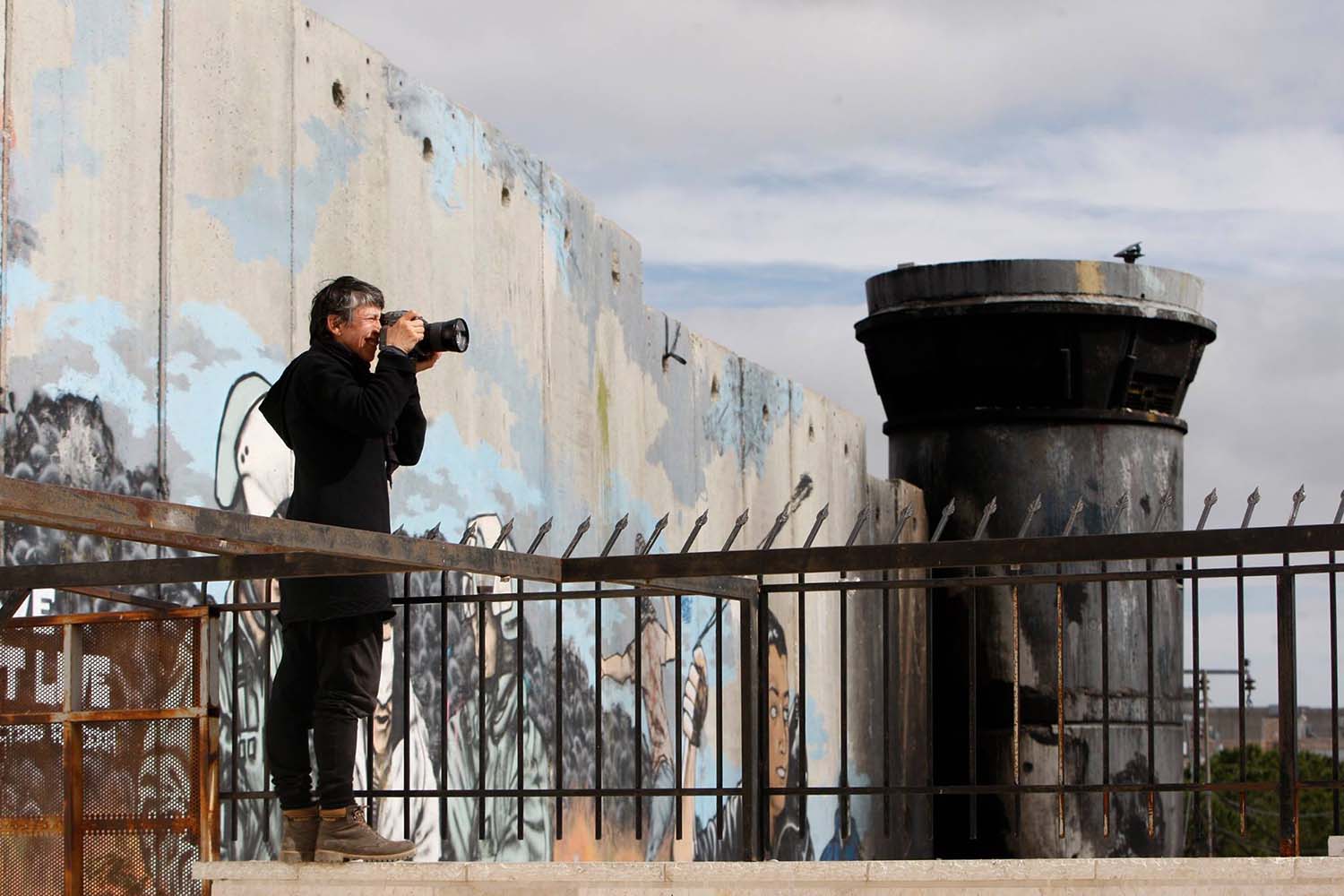LEBANON, ISRAEL, PALESTINE — 2006 to 2016
When I went to Lebanon in the summer of 2006 to witness the Hezbollah-Israel War, I had no idea what kinds of photographs I was going to make. As a freelancer and a politically engaged artist, part of my responsibility is to fill in the gaps not covered by news photographers. These series of portraits and landscapes began as a way to simultaneously show context and personality. Inspired by the writings of Emmanuel Levinas and Ryszard Kapuściński, I wanted to meet others to try and understand what differentiated the conflict on different sides of borders. It may sound overly optimistic of me to say, but it was not all that different meeting people in Lebanon, Israel and Palestine. I made friends everywhere I went and talked to people who longed for security, autonomy and the basics of life. I wondered how, as an outsider, I was able to get along with almost everyone, whereas many people I met saw irreconcilable differences among themselves. This was not the rule, however, and it was when the rule of difference gave way to reconciliation and standing up for one’s so-called enemies that the human spirit shined its brightest.
Talking about and showing photographs from this region inevitably stirs up emotions and controversy. I can’t say I am sorry this particular journey in my own artistic trajectory is over. There were many challenges along the way that included being shot at and tear-gassed. But one of the biggest challenges was facing accusations of bias and political prejudice or naivety.
While I photographed each part using a different motif — bombing sites, bomb shelters and surveillance (security) — they are also recurring leitmotifs that apply to all three geo-political landscapes. Visual art is not as complex as the real world. It is an effort to create order so that a story can be told. Without some kind of imposed order there is no story or art at all. There will be those who are unhappy with this work, unhappy with how these people or those people are portrayed. I spent thousands of hours traveling and talking with strangers. These photographs and the short film Miklat are the result of those engagements and conversations.
The three parts of the Levant Trilogy are:
Bombed Landscapes: Lebanon 2006
Sheltered Landscapes: Israel 2012 including the short film Miklat
Surveilled Landscapes: Palestine (The West Bank) 2015
